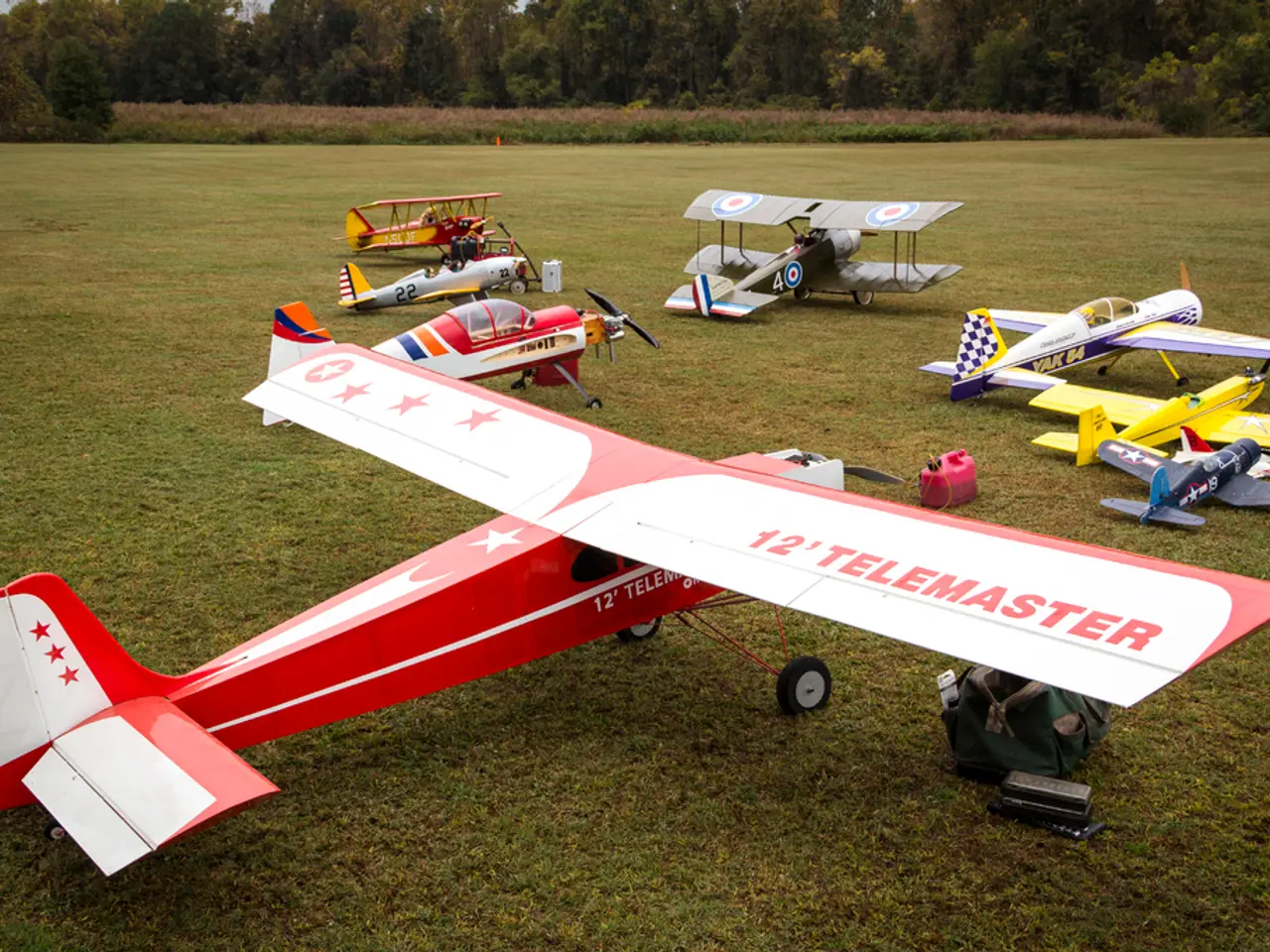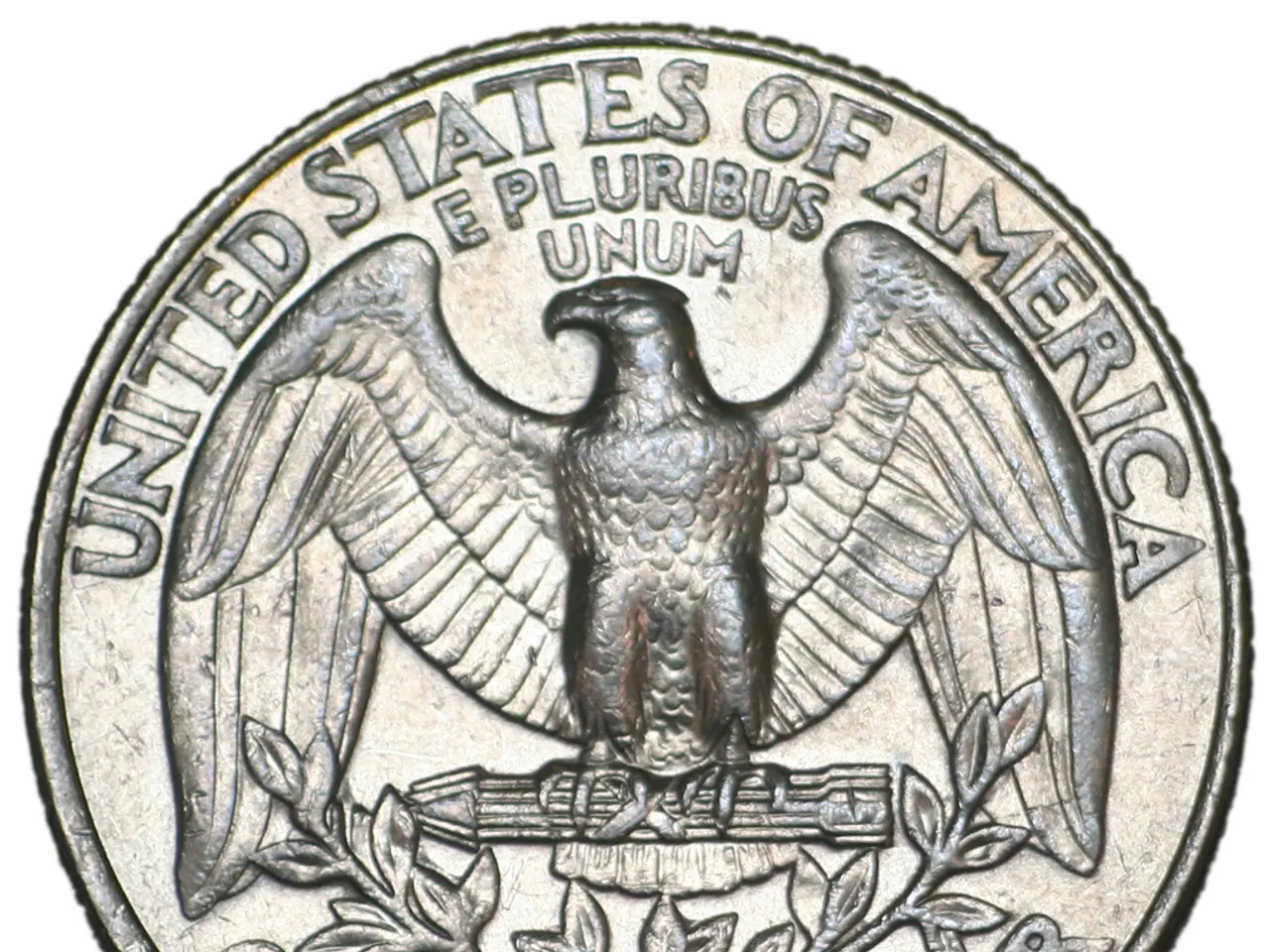Aviators' Adversary: Wind Shear
In the world of aviation, detecting and avoiding wind shear—especially dangerous microbursts—during aircraft landing and at low altitudes is a critical mission. This task is accomplished through a combination of ground-based detection systems, onboard equipment, and pilot reports.
Ground-Based Detection Systems
One such system is the Low Level Wind Shear Alerting System (LLWAS), which uses multiple sensors around the airfield to measure wind speed and direction changes near the surface. By alerting air traffic control and pilots to sudden shifts in wind, LLWAS can help prevent accidents, as demonstrated by its role in numerous incidents. However, its effectiveness can be limited by an inadequate number of sensors, as was the case at Salt Lake City International Airport where insufficient coverage contributed to a microburst-related crash.
Terminal Doppler Weather Radar (TDWR) is another essential tool. This radar system detects wind shear and microbursts by measuring wind velocity patterns near airports. By providing real-time weather surveillance of phenomena like microbursts, TDWR offers controllers timely alerts to warn pilots, significantly improving detection capability, especially during convective weather.
Onboard Aircraft Systems
Modern commercial aircraft are equipped with predictive and reactive wind shear detection systems. These systems measure horizontal and vertical wind speeds ahead and around the aircraft. The predictive function warns pilots of potential wind shear ahead, while the reactive function alerts of wind shear already encountered. Upon detection, pilots receive aural warnings and visual cues on primary flight displays, enabling immediate response.
Pilot Techniques
When faced with wind shear, pilots employ various techniques to avoid or mitigate its effects. For instance, they may increase approach speed by up to 15 knots to maintain a safety margin against stalls and to have more kinetic energy for possible missed approaches. In the event of an encounter, the standard response is an immediate go-around using maximum thrust while maintaining current landing gear and flap configurations until clear of the shear conditions.
Challenges and Considerations
Wind shear can involve sudden changes in headwind to tailwind or crosswind components, causing loss of lift, altitude drops, or unexpected roll/yaw maneuvers. Microbursts and wind shear events are usually short-lived but intense, requiring rapid detection and reaction. Terrain and surface obstructions can mask or exacerbate wind shear effects, complicating detection and pilot response.
Conclusion
Effective detection and avoidance of wind shear and microbursts near airports rely on the combined use of ground-based systems like LLWAS and TDWR, timely pilot reports, and onboard detection equipment. Pilots mitigate hazards primarily through approach speed adjustments and go-around maneuvers guided by real-time alerts and standard operating procedures. Despite the challenges, advancements in technology and continuous improvement in detection and response strategies continue to make aviation safer for all.
Technologists are continuously working on improving Terminal Doppler Weather Radar (TDWR) to enhance its performance, as this radar system is crucial for detecting wind shear and microbursts during aircraft landing.
Pilots, during their flight, need to be aware of sudden changes in weather conditions such as wind shear and microbursts, which can be detected by both ground-based systems like Low Level Wind Shear Alerting System (LLWAS) and onboard weather radar systems.




